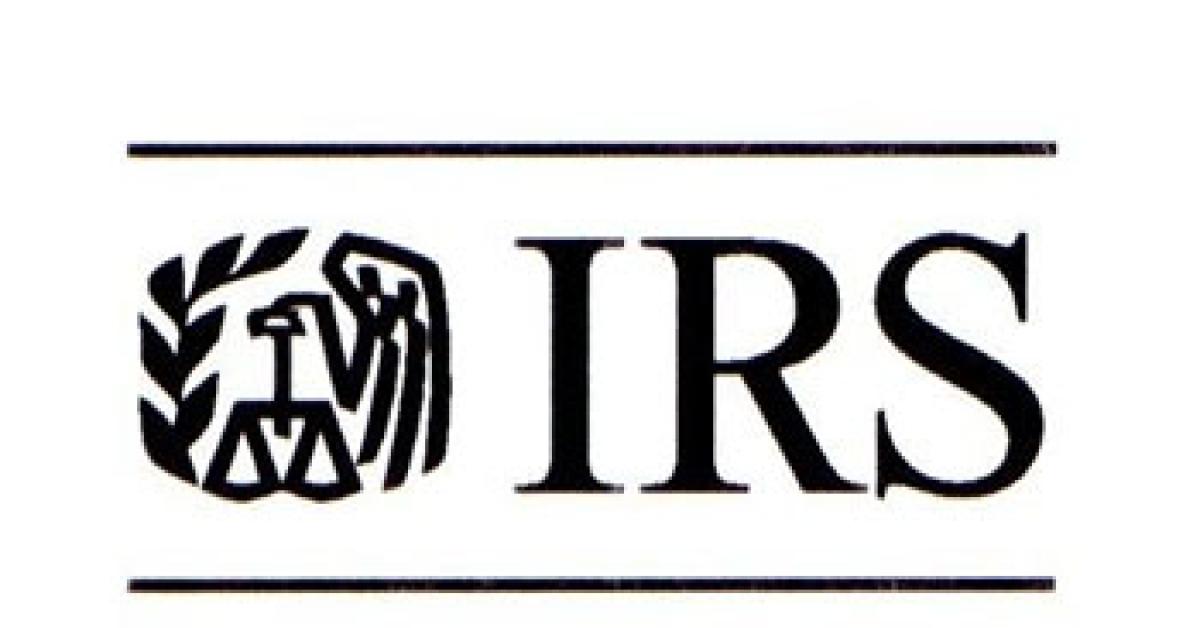WASHINGTON — The Internal Revenue Service recently simplified the paperwork and record-keeping requirements for small businesses by raising from $500 to $2,500 the safe harbor threshold for deducting certain capital items.
The change affects businesses that do not maintain an applicable financial statement (audited financial statement). It applies to amounts spent to acquire, produce or improve tangible property that would normally qualify as a capital item.
The new $2,500 threshold applies to any such item substantiated by an invoice. As a result, small businesses will be able to immediately deduct many expenditures that would otherwise need to be spread over a period of years through annual depreciation deductions.
Responding to a February comment request, the IRS received more than 150 letters from businesses and their representatives suggesting an increase in the threshold. Commenters noted that the existing $500 threshold was too low to effectively reduce administrative burden on small business. Moreover, the cost of many commonly expensed items such as tablet-style personal computers, smartphones, and machinery and equipment parts typically surpass the $500 threshold.
As before, businesses can still claim otherwise deductible repair and maintenance costs, even if they exceed the $2,500 threshold.
The new $2,500 threshold takes effect starting with tax year 2016. In addition, the IRS will provide audit protection to eligible businesses by not challenging use of the new $2,500 threshold in tax years prior to 2016.
For taxpayers with an applicable financial statement, the de minimis or small-dollar threshold remains $5,000.
Further details on the change can be found in Notice 2015-82, posted on the IRS website.
Have a question or comment? E-mail our editor Dave Davis at [email protected].
